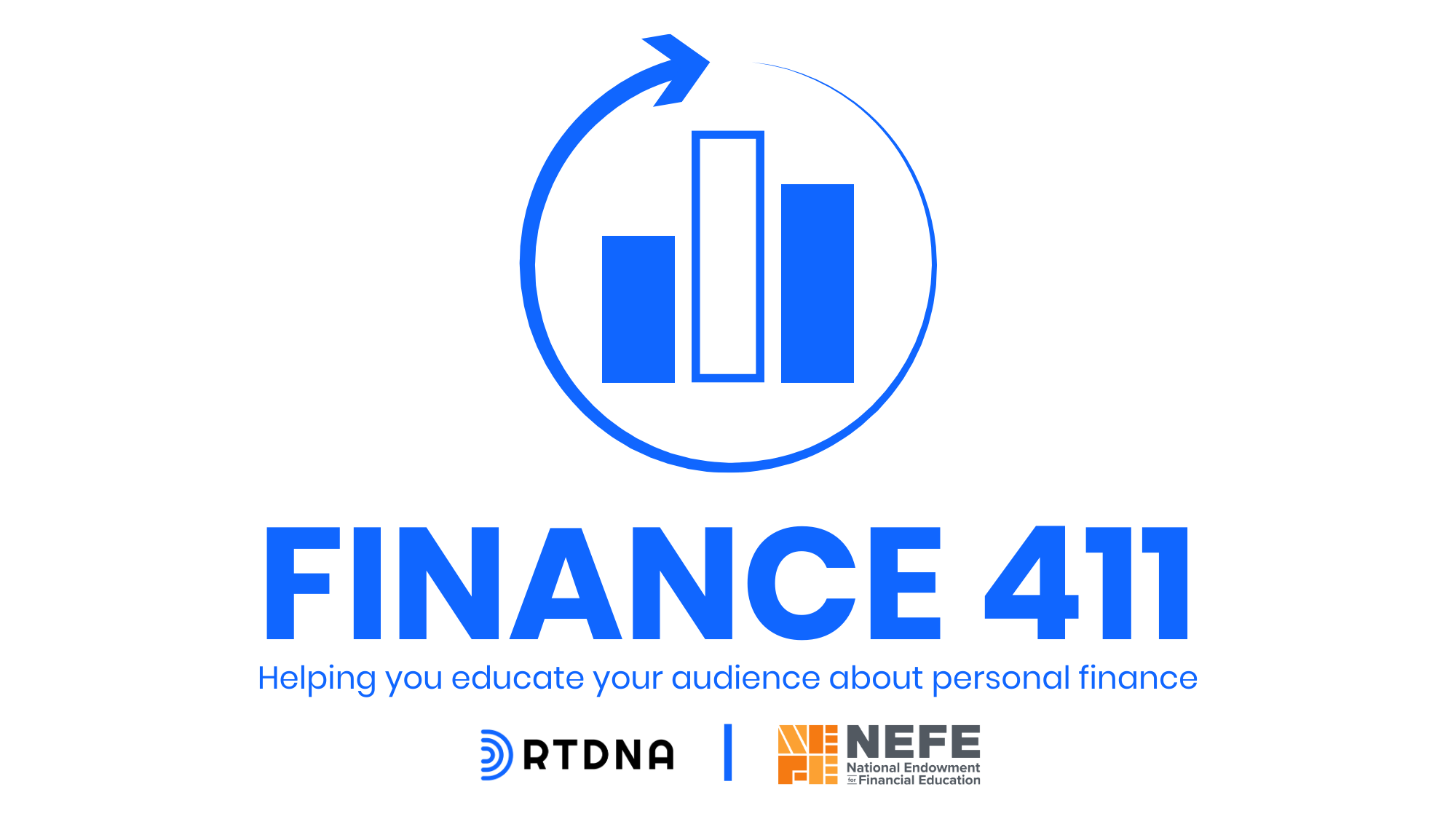Money Matters: In a volatile market, take a step back

It was hard to avoid a heart-sinking feeling this week as stock market headlines jumped out of the business section and onto the front page with words like “plummets,” “plunges,” “turmoil,” and “free fall” accompanied by images of red numbers, down arrows, and falling charts.
As Poynter’s Al Tompkins wrote this week, “Don't feed the stock market panic,” by splashing doomsday headlines across your platforms without providing key context.
RTDNA’s code of ethics reminds us, journalism “provides relevant context,” and “tells the rest of the story.” It also reminds us that breaking or trending news, competition for audience attention, and limited resources are not license to cut corners, oversimplify, or abandon standards of accuracy.
To be sure, it’s difficult to earn a click or even a moment’s pause and at the same time provide context, all in a 280-character world.
But it can be done, as in this one minute spot.
How?
Put the numbers in context
As Tompkins pointed out, be careful with numbers. Stock market “points” provide less context than percentage, which illustrates how the point change relates to the overall total.
Consider the time frame you’re illustrating. It’s easy to default to “this year,” but this early in the year, that is not much of a comparison. One day or week does not constitute a trend.
Define terms
“It's a correction, folks,” the Marketplace podcast said, going on to explain the term. Insiders may be familiar with market jargon, but the average listener may not know that many market terms, including “correction,” have official definitions.
Taking a moment to explain when certain words apply, when they don’t, and what they mean is a good way to inform your audience. It arms your viewers with context for better understanding those euphemistic-sounding headlines.
Talk about impact
What do stock market fluctuations really mean for people’s retirement accounts? For most investors, fluctuations like this week’s are a blip in long-term trends over the course of their 401(k)s’ lifetimes. Also consider who it could it have a bigger impact on, like those drawing out of their accounts.
Look into whether any possible underlying causes of the market’s drop may affect your audiences’ wallets more directly. Fluctuations may be related to recent or pending financial policy changes, such as changing interest rates, which you could help your audience anticipate.
Weekly Money Matters personal finance content for your newsroom is sponsored by the National Endowment for Financial Education. Submit your story idea.
